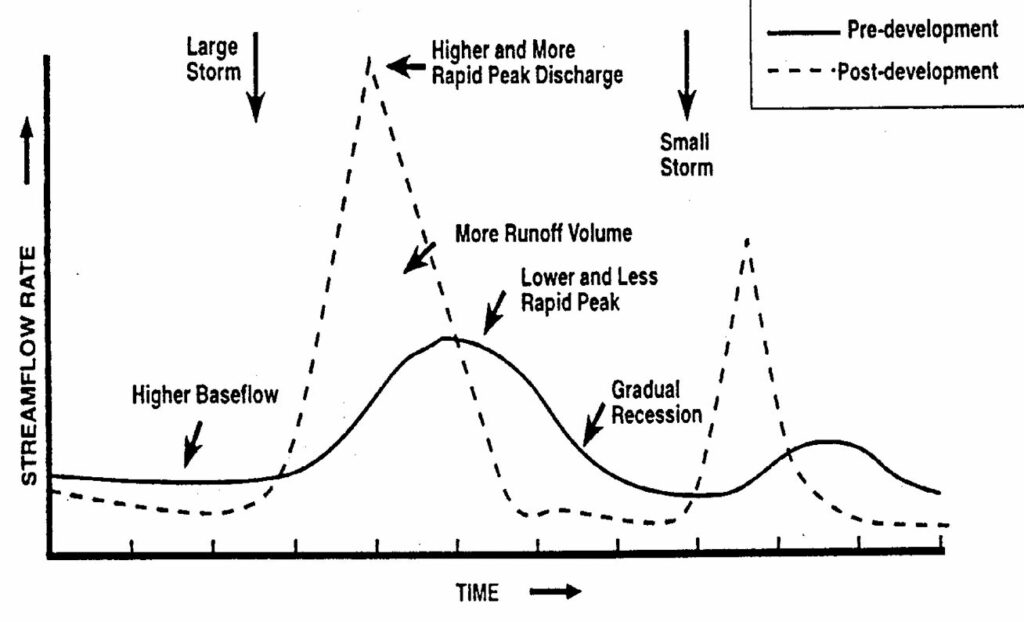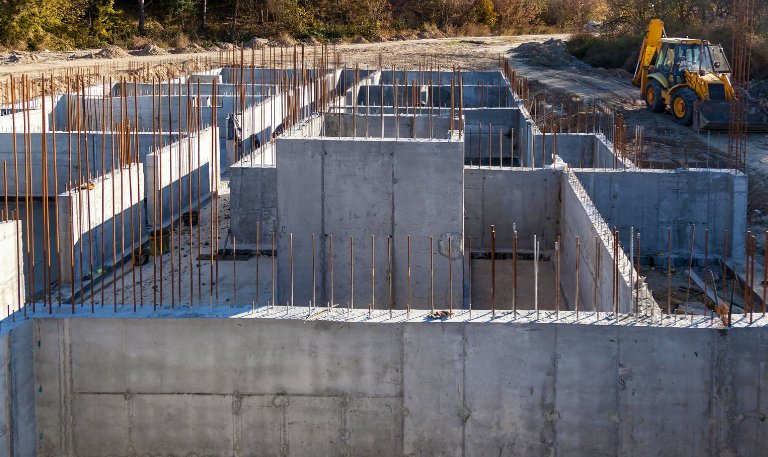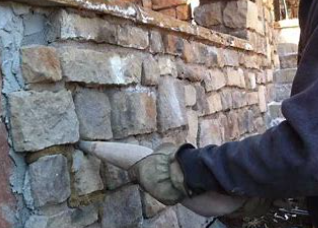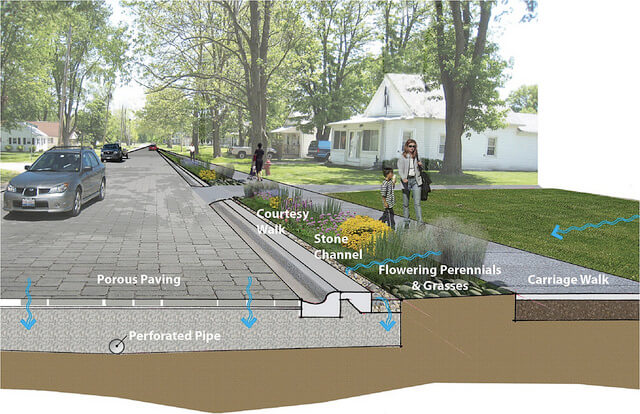Green Streets = Better Roads
The Dark Side of Hard Surfaces
We love hard surfaces: they speed up movement as roads and sidewalks, they allow us to gather as patios, and they give us shelter as roofs. However, our love affair with hard surfaces has a dark side…stormwater.
When it rains on a hard surface the water has no place to go. It can no longer infiltrate into the soil, and instead of re-entering the water cycle it collects and flows. And as we push towards denser development and more hard surfaces, what was a small amount of water over a large area becomes a large amount of water in a small area. This is an engineering challenging, and one with a surprisingly simple answer: Ask our hard surfaces to do more!

Pre- and Post Development Hydrology Curves showing significantly sharper peaks post-development. The capacity of a stream to carry things in suspension increases to the sixth power of stream velocity (Chesapeake Stormwater Network). Basically with a little bit more velocity, a stream can quickly go from slow moving stream to raging river that can move a car.
Green Streets to the Rescue
Streets as a large culprit of the problem of hard impervious surface, are a natural target to address the problem at its source. One of the more all-encompassing ideas is a Green Street. It reimagines a street as stormwater best management practice (BMP). It incorporates elements of green infrastructure and engineered systems to slow, filter, and clean stormwater instead of directing it into pipes, channels, and ultimately into water bodies.
When done well, the combination of these different technologies makes a more complete system that addresses the twin challenges of water quality and water quantity. Water quality is a particularly challenging issue in what is called the ‘first flush’. The first flush is usually the first ~0.1″ of rainfall, and contains most of the sediment and nutrients. Directing this water to the green infrastructure cleans the water. After the first flush the rainwater is relatively clean, but these bigger events can produce flooding if there is no place to put the water.
On the water quantity side the use of the volume underneath the pavement is critical to handling the water quantity challenges without pushing the water further downstream. The use of permeable pavement allows the water to seep through the pavement. From the base the water can be allowed to infiltrate back into the ground or it can be stored to shift the peak and limit the intensity of a single rainfall event.
Versatility in Roadway Design
The critical challenge with a green street is recognizing that there isn’t a single roadway design that will work everywhere. Streets serve several purposes and community groups, whether it be parking, bikes, pedestrians, or trucks. When choosing materials its important to keep options open. What is now a parking lane, might need to be converted to a loading zone.
With regards to green infrastructure the use of modular systems is ideal as it can keep costs down. Having things like prefabricated bioretention cells simplifies the engineering, the maintenance, and ultimately is good for the bottom line.
On the pavement side, the selection of a heavy-duty low maintenance system is critical. Building off the idea that what is now a parking lane, might be a travel lane– overbuilding will enable these changes. Additionally a modular system here is a good option. Being able to temporarily remove pieces to access buried infrastructure allows the road surface to be maintained without patching.
Green streets are a great way to address the challenge of stormwater head-on. They make communities more livable regardless of the weather.
Green Street Examples
Have a stormwater challenge, and want to speak with an expert?

VP of Business DevelopmentAaron Fisher
Latest News

4 Ways To Reinforce Concrete
Concrete is one of the most fundamental materials used in construction. If you’re working on a domestic project or a […]

The Environmental Benefits Of Using Ready-Mix Concrete
The construction industry is changing quickly to meet the growing demand for sustainability and eco-friendly practices. One of the most […]

6 Essential Tips For Grouting Stone Veneer
Grouting stone veneer is an important step in the installation process that can significantly impact the overall look and durability […]

Should You Fill Hollow Concrete Blocks?
Hollow concrete blocks are widely used in construction due to their strength, versatility, and lighter weight compared to solid blocks. […]


